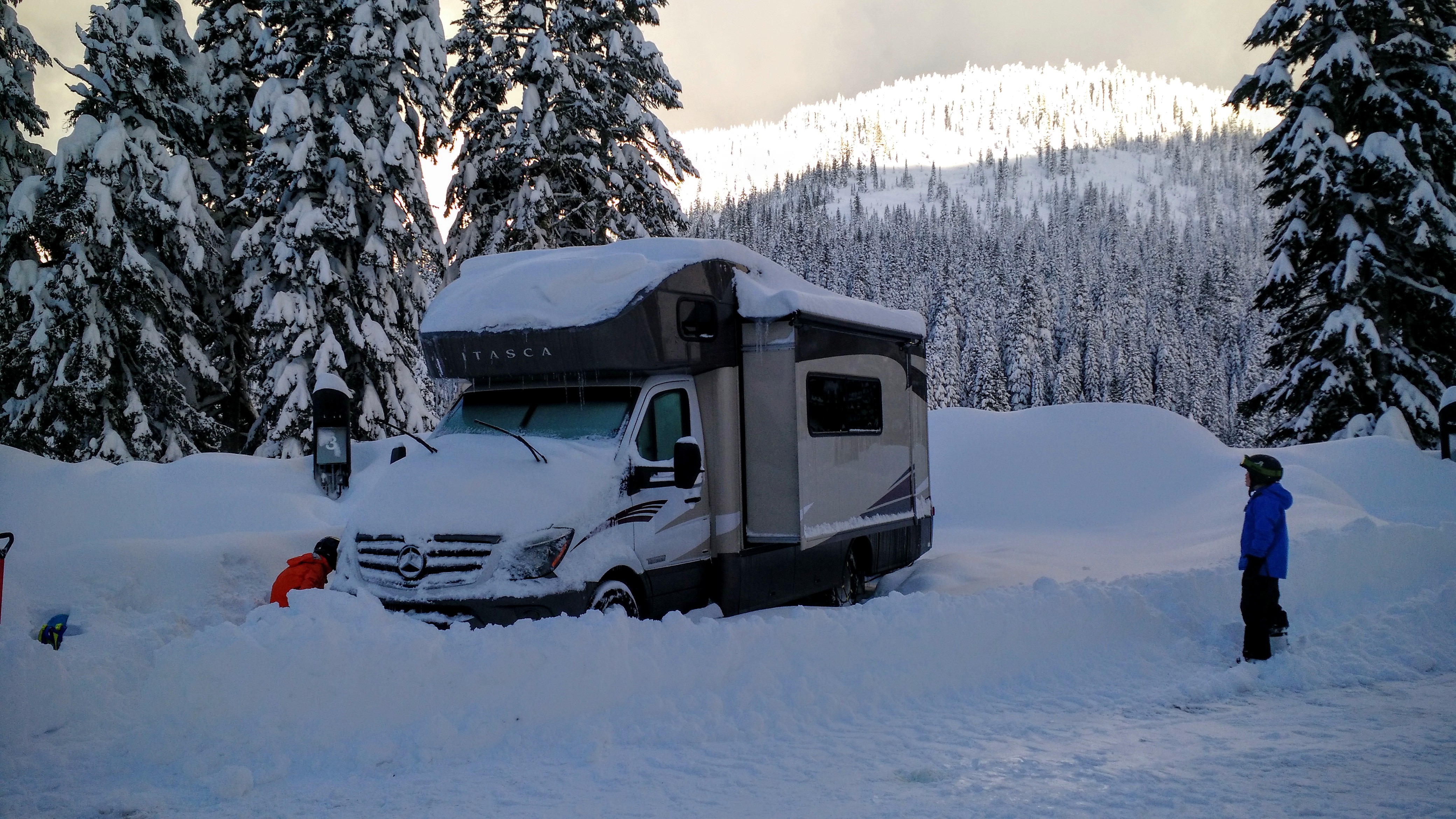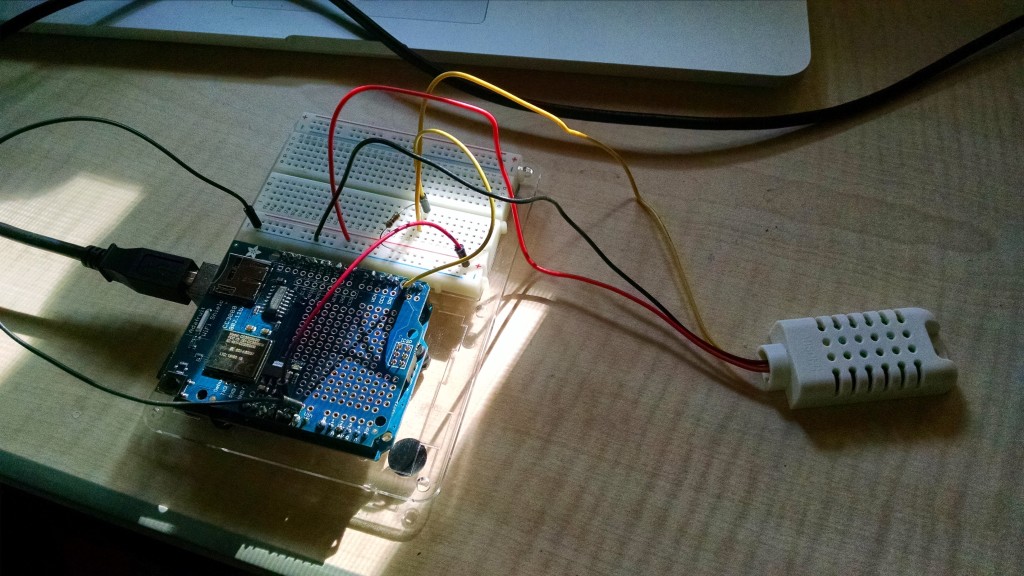Over Christmas we drove the Navion (an Itasca Navion is another name for the Winnebago View) to the ski resort for a night. It had been dumping snow for days, and we wanted some of it, and it seemed a great chance to try the motorhome in the snow.

Because the weather had been so bad/awesome, chains were required on the road up to the mountain. So here’s what I learned:
- With duallies, you need to be careful with chain clearance between tires. So even though there’s a ton of clearance in the wheel well for chains, low-clearance chains are still recommended because of the smaller space between the inner and outer tires.
- Installing chains on a duallie motorhome isn’t too bad. You drive the inner tire up on a ramp (in my case my Lynx leveling blocks
), so that the outer tire is suspended in the air.
- Bring foul-weather gear. You’ll be on the ground checking the chains, and that ground is going to be slushy, cold, and filthy.
Once the chains are on, try to stay on the snow-covered portion of the roads. Driving on bare pavement drastically reduces the life of your chains – and it rattles the heck out of the occupants! I kept to 25mph with my emergency flashers on, and was quite happy.
For chains, I bought these:
Security Chain Company SZ429 Super Z6 Cable Chain (Amazon.com)
They were easy to install, remove, and store away, and cost less than $100.

